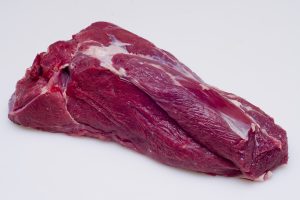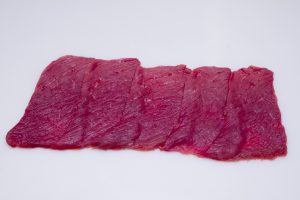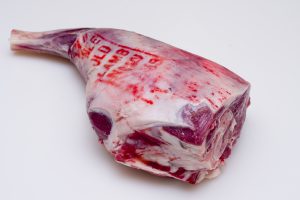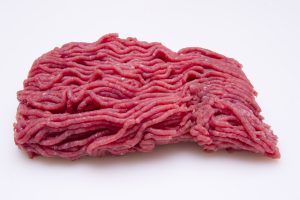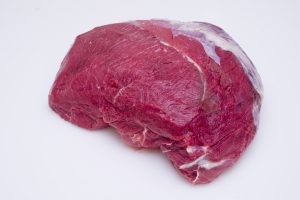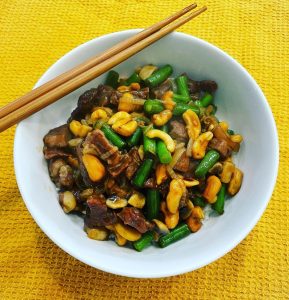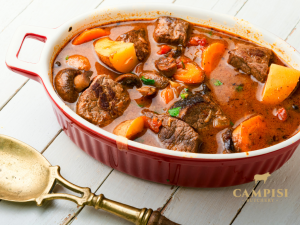Highquality meat refers to cuts that are fresh, well-processed, and have good marbling (the distribution of fat within the muscle), leading to flavorful and tender results when cooked. Such meats typically come from animals that have been properly fed, handled, and processed under strict hygienic standards.
Conversely, low-quality meat may appear dull, discolored, or slimy, and often comes from animals that were not well-cared for or were processed in facilities that do not adhere to high cleanliness and handling standards. These meats can be tough, lacking in flavor, or worse, pose health risks due to contamination.
Importance of Choosing High-Quality Meats for Health and Culinary Success
Selecting quality meats is crucial for several reasons:
- Health: Quality meats are likely to be free from harmful pathogens and rich in essential nutrients.
- Taste and Texture: High-quality meats provide superior flavor and texture, enhancing any culinary preparation.
- Ethical and Environmental Concerns: Ethically sourced meats often come from farms that practice sustainable and humane farming techniques, which have a lesser environmental impact.
Signs of Low-Quality Meats in Beef, Pork, and Poultry
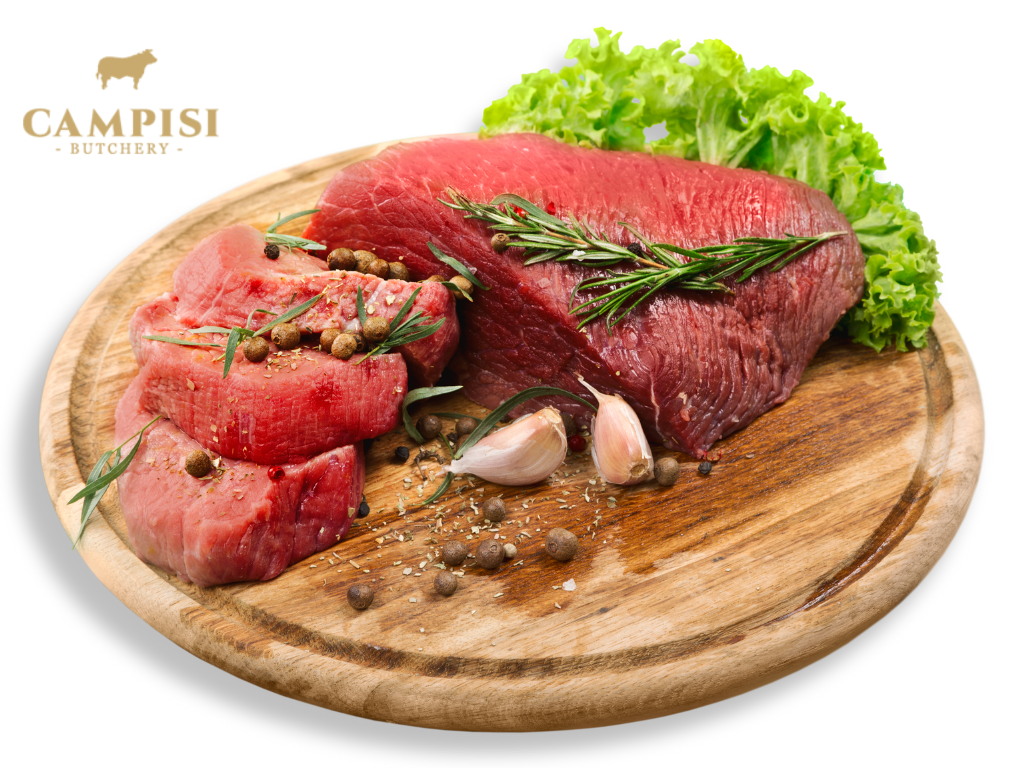
Visual Indicators: Color, Texture, and Marbling
- Color: Fresh meat typically has a vibrant, natural color. Beef should be a deep cherry red, pork a light pink, and poultry a pale pink. Any signs of graying or browning can indicate oxidation and age.
- Texture: The meat should feel firm and spring back when pressed. If it’s sticky, slimy, or overly soft, it might be starting to spoil.
- Marbling: Good quality red meats will have fine threads of fat running through them, which should not be excessive but sufficient to enhance flavor and tenderness.
Odor and Expiry: How to Detect Spoilage or Poor Processing
- Odor: Quality meat should have a clean, not overly strong smell. Any sour or ammonia-like odors are clear indicators of spoilage.
- Expiry Dates: Always check packaging for expiry dates and ensure the meat is sold in a timely fashion. Overdue meat, even if it looks fine, can harbor bacteria.
Labeling Red Flags: What to Watch Out for on Packaging
- Vague Labeling: Beware of labels with non-specific terms like “processed meat” without details about the type of meat or its origins.
- Lack of Certification: Labels missing important certifications or approval stamps from recognized health and safety organizations suggest non-compliance with safety standards.
Specific Concerns with Venison: Identifying Quality

Unique Characteristics of High-Quality Venison
Venison, or deer meat, is prized for its rich, gamey flavor and lean profile. High-quality venison is:
- Color: Dark red without any brown or greenish hues.
- Texture: Firm to the touch and finely grained.
Common Issues with Venison: Gamey Taste and Toughness
- Gamey Taste: While a mild gamey flavor is typical, overly strong gamey flavors might indicate poor handling or aging.
- Toughness: Venison is naturally leaner than beef, which can make it tougher. However, improper aging or cooking can exacerbate this characteristic.
Best Practices for Purchasing and Storing Venison
- Purchasing: Always buy venison from reputable sources that can provide details about the origin and handling of the meat.
- Storing: Venison should be kept at cold temperatures and consumed relatively quickly. If freezing, ensure it’s wrapped tightly to prevent freezer burn.
Risks Associated with Consuming Low-Quality Meats
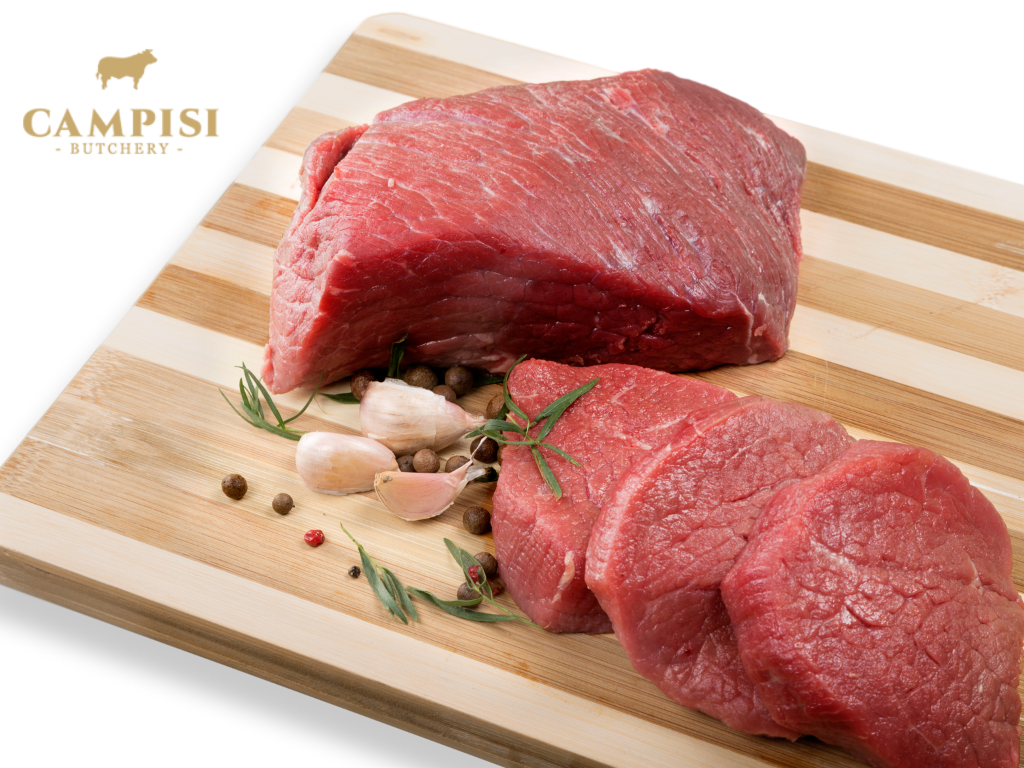
Health Risks: Bacteria and Contaminants
Consuming low-quality meats can expose individuals to various health risks, primarily due to the presence of harmful bacteria such as Salmonella, E. coli, and Listeria. These pathogens can cause severe foodborne illnesses, particularly if the meat is not cooked thoroughly. Additionally, low-quality meats might contain contaminants like heavy metals or residues from hormones and antibiotics used in improper animal rearing practices.
Nutritional Deficiencies in Poorly Raised or Processed Meats
Meats that come from animals fed on low-quality feed or those that have been improperly processed often have reduced nutritional value. Such meats may have lower levels of essential nutrients like omega-3 fatty acids, vitamins, and minerals, which are crucial for a balanced diet.
The Impact of Low-Quality Meat on Cooking and Flavor
From a culinary perspective, low-quality meats can significantly impact cooking results and flavor. These meats often produce tougher, less flavorful dishes with an undesirable texture, and may also release excessive amounts of water when cooked, indicating the use of fillers and enhancers during processing.
Strategies for Ensuring High-Quality Meat Purchases

How to Select Quality Meats at the Market: A Guide for Consumers
Selecting high-quality meats involves a few critical steps:
- Visual Inspection: Look for meats with a consistent, rich color and firm texture. Avoid any pieces that appear discolored or emit an unpleasant odor.
- Check Packaging Dates: Always check the “sell by” or “use by” dates to ensure freshness.
- Examine the Packaging: Ensure that the packaging is intact, without any tears or excessive liquid, which can be a sign of poor handling.
Questions to Ask Your Butcher or Vendor
Engaging with your butcher or vendor can provide valuable insights into the quality of the meat:
- Can you provide information on the source of this meat?
- How was this animal raised and fed?
- Are there any added hormones or antibiotics in this meat?
Importance of Traceability and Transparency in Meat Sourcing
Knowing the origin of the meat and the conditions under which it was raised and processed is crucial. Traceability ensures that the meat is sourced from reputable farms that adhere to high standards of animal welfare and sustainable practices.
Role of Certifications and Labels in Identifying Quality Meats
Certifications and labels play a vital role in assuring consumers about the quality and safety of meats:
- Understanding Certifications: Labels like “Organic,” “Grass-Fed,” and “Free-Range” indicate specific standards of animal care and feeding practices that directly impact meat quality.
- How to Interpret Meat Labels and Claims Effectively: Learn to understand what various certifications and labels mean and the regulatory standards behind them to make informed choices.
- The Significance of Locally Sourced Meats in Ensuring Quality: Locally sourced meats are often fresher and have undergone less processing, reducing the risk of contamination during long transportation processes.
Tips for Testing and Sampling Meats Before Purchase
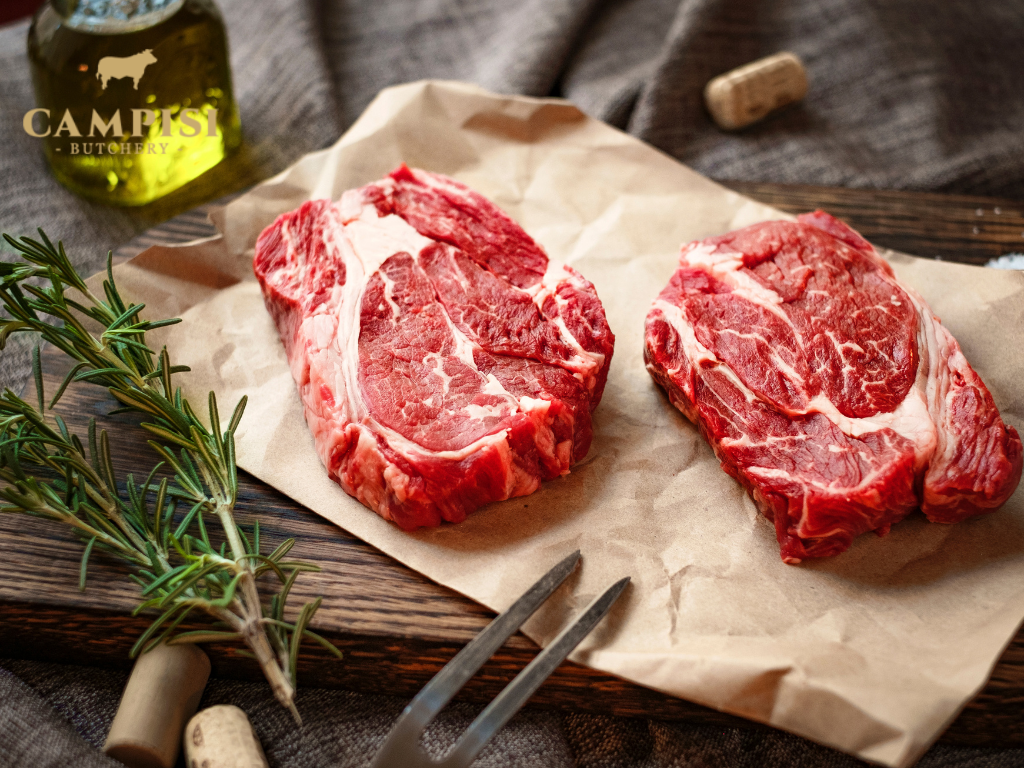
Practical Tips for Assessing Meat Quality at Markets or Stores
To ensure you’re purchasing high-quality meat, consider these practical assessment tips:
- Visual Inspection: Check the meat for freshness and quality. Look for a vibrant color; avoid meats that appear discolored or dried out.
- Smell Test: Fresh meat should not have an unpleasant or strong odor. Any sour or ammonia-like smells are clear indicators of spoilage.
- Firmness Test: Press the meat lightly with your finger. Quality meat should spring back promptly.
The Benefits of Starting with Small Quantities for New Sources
When trying a new source of meat, it’s wise to start with small quantities:
- Evaluate Quality: Small purchases allow you to cook and taste the meat before committing to larger quantities.
- Minimize Risk: If the meat does not meet your expectations, smaller trial purchases reduce the risk of waste and disappointment.
Utilizing Local Butcher Knowledge and Expertise
Local butchers can be invaluable resources when selecting meats:
- Ask Questions: Butchers can provide detailed information about the source, handling, and best cooking methods for their meats.
- Custom Orders: Engage with your butcher to get cuts that suit your specific cooking needs and preferences.
- Quality Assurance: Established local butchers usually have a reputation to maintain and are likely to offer higher-quality, fresher meat products.
Maintaining High Standards in Meat Consumption
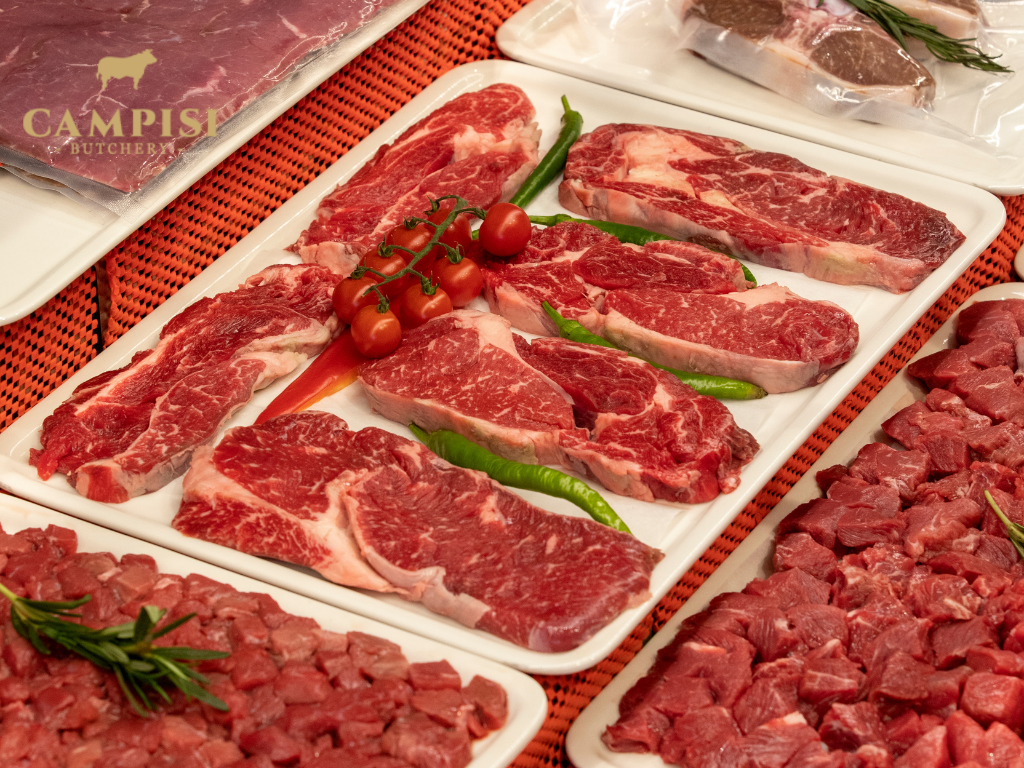
Recap of Key Indicators of Meat Quality
Maintaining high standards in meat consumption is essential for health, enjoyment, and ethical reasons. Key indicators of quality include:
- Fresh Appearance: No discoloration, dry patches, or excessive moisture.
- Pleasant Smell: Absence of any off-putting odors.
- Proper Labeling: Clear, trustworthy information on packaging, including source, processing details, and expiry dates.
The Importance of Being an Informed Consumer
Being informed is crucial when it comes to purchasing meat. An informed consumer:
- Supports Ethical Practices: Chooses sources that prioritize animal welfare and sustainable practices.
- Promotes Health and Safety: Understands the health implications of their choices and opts for safer, healthier meat consumption.
- Advocates for Transparency: Demands clear labeling and traceability from meat providers.
Encouraging Ongoing Education and Awareness About Meat Quality
Continued education and awareness about meat quality are vital:
- Stay Informed: Keep up with the latest developments in meat production, including any changes in laws and standards.
- Community Engagement: Participate in discussions and initiatives that promote high standards in meat production and consumption.
- Continuous Learning: Regularly consult trusted sources, attend workshops, and read up on nutritional and culinary aspects of meat.

